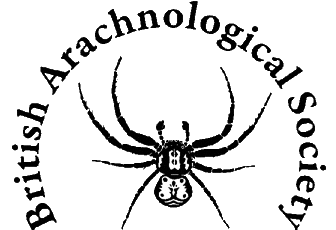These are the oldest land arthropods, dating back to the Silurian period some 400 million years ago. Scorpions are most abundant in the tropics and subtropics, where they can be found in dry deserts as well as grasslands and rainforests. During the day they hide away under rocks, in cracks in wood and underground. At night they emerge to hunt.
Scorpions have a prosoma covered by a single carapace bearing a pair of median eyes and sometimes several smaller lateral eyes. A pair of structures called pectines is attached to the ventral surface of the prosoma. These are extremely sensitive to vibrations. The chelicerae are small and chelate, forming two pairs of biting jaws. Either side of these are the large crab-like pedipalps, terminating in huge pincers.
Attached to the prosoma is a long opisthosoma (abdomen) that gradually tapers to a 'tail' (the metasoma) that terminates in the telson. This contains two poison glands that produce venom used in prey capture and defence. Venom produced in most species is harmless to people, but about forty species do pose a public health risk and a very few are lethal.
Mating involves an elaborate and lengthy courtship dance during which the male holds the pedipalps of the female. Their tails are held high in the air as together they walk back and forth, from side to side and in circles. When he judges it safe, the male deposits a spermatophore on the ground then guides the female over it for her to pick up. Eggs are not laid and the young are born live. Females either develop their eggs inside them, oviviparity, or the embryos develop within her genital duct, viviparity. Once hatched, the young climb upon their mother's back and she cares for them until after their first moult about a week after hatching.
